The M1 Garand & the Cold War
May 18th, 2021
7 minute read
World War II may have ended with the birth of atomic weapons, but despite the emergence of nuclear war-making ability it had taken John Garand’s legendary invention to bear the brunt of keeping the world safe from tyranny.
The M1 rifle had outfought and outshot the Axis on every battlefront, and by the time the peace had been won, nearly 5.4 million M1 rifles had been made. The Garand had beaten the full gamut of enemy rifles, from the classic bolt action Mauser and Arisaka types, to the semi-automatic Gewehr 43 and the newfangled selective-fire Sturmgewehr.
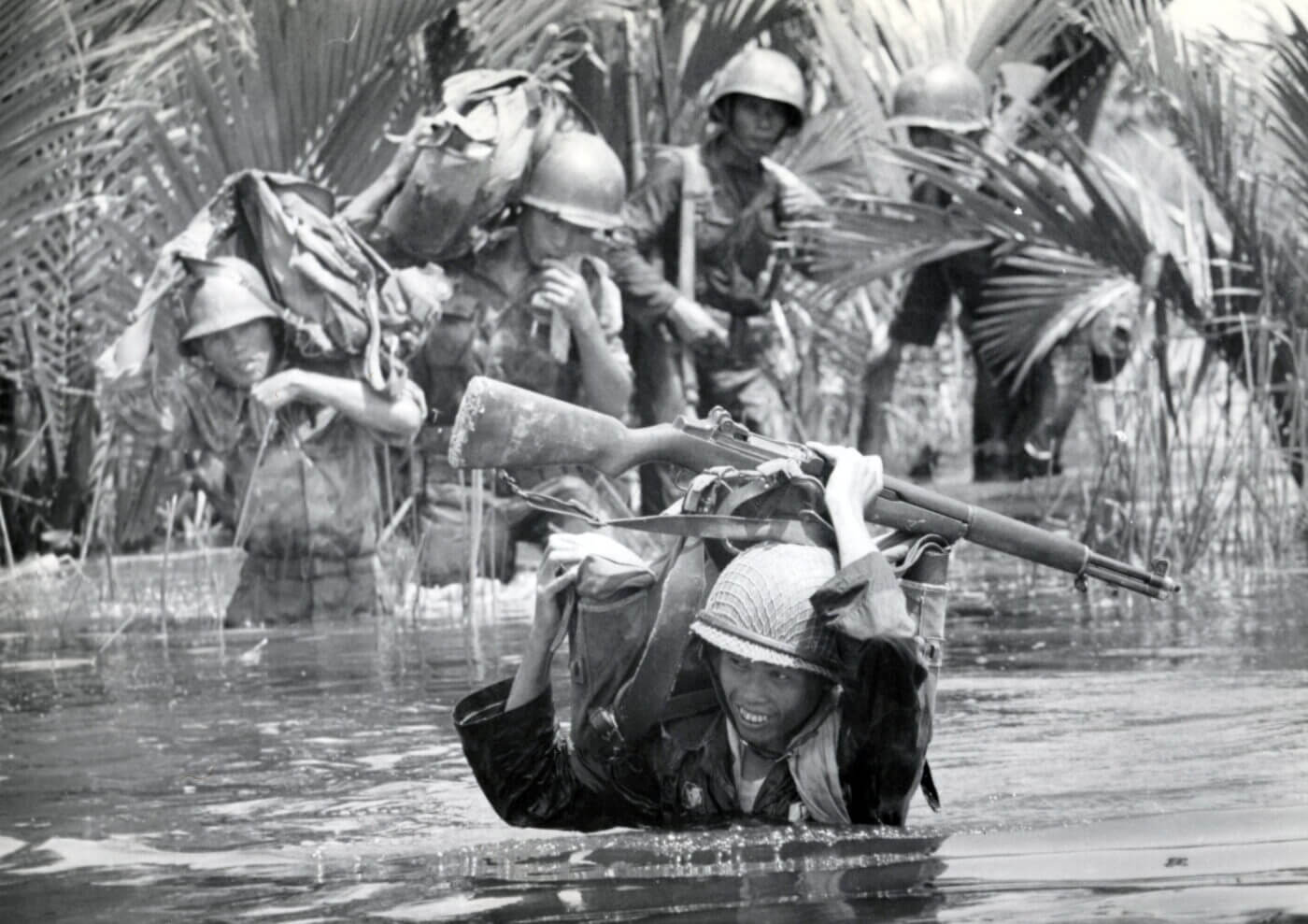
In the early post WWII-era, many M1 rifles were returned to the United States for the extensive arsenal rebuild program for U.S. rifles (this included both the M1 Garand and the M1 Carbine). Worn and broken parts were updated and replaced from stocks to sights, and many rifles were re-barreled. War-weary M1 rifles were made new again, quietly waiting for the next conflict that was sure to come.
Planning for the Long Term
At the end of World War II, the mission of U.S. arsenals changed dramatically — shifting from high-volume weapons production to repairs, rebuilds, and either storage or re-issue of those weapons. The M1 rifle was at the top of that list. While several new research and development projects for a new selective-fire rifle that featured a detachable box magazine were taking place, the lion’s share of standard M1 rifles were brought back to factory-issued condition, and many were placed in long-term storage.
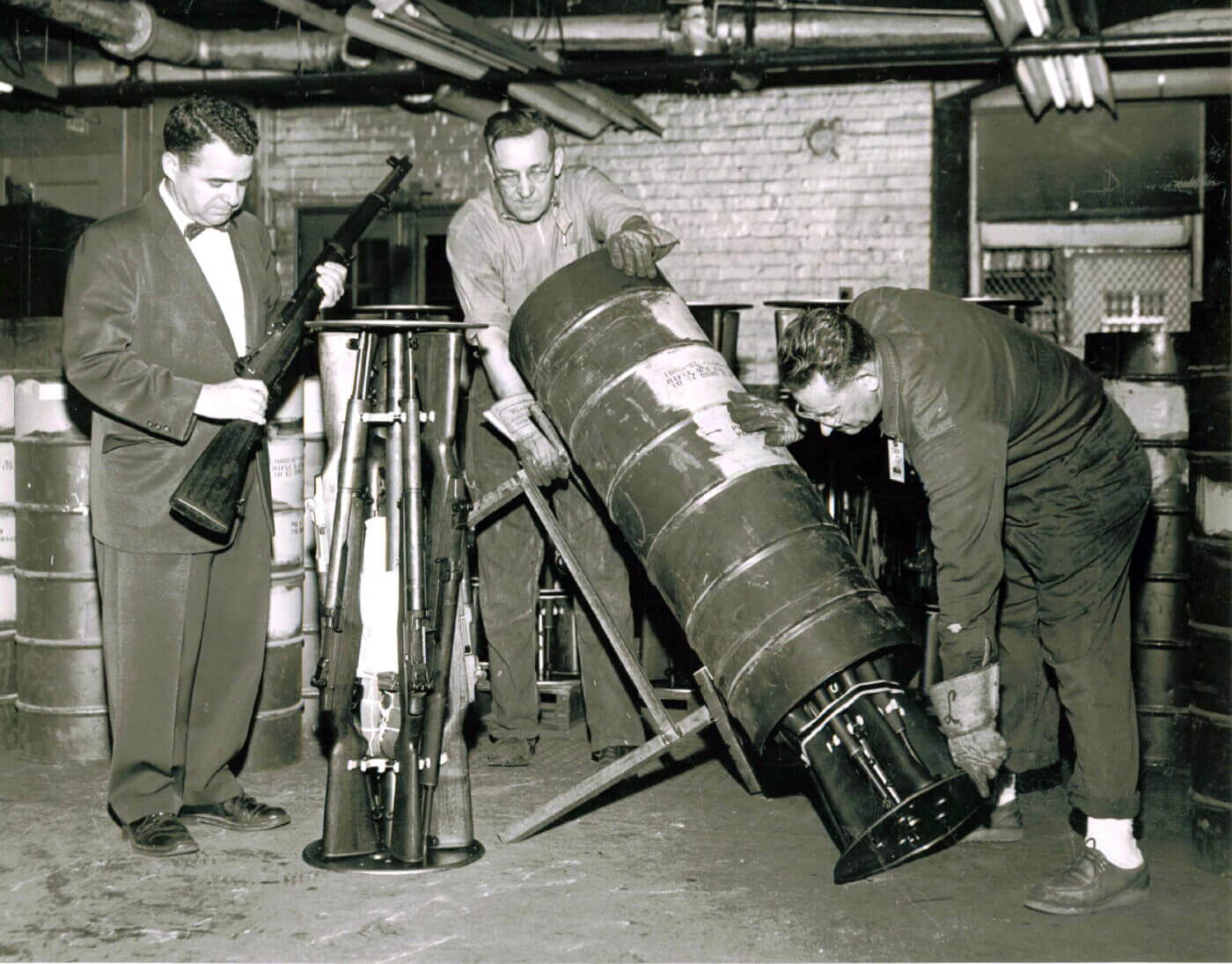
Beginning in 1950, a new method of preserving rifles for storage was introduced that eliminated the use of the heavy (and much despised) cosmoline grease. The new method was called a “Volatile Corrosion Inhibitor” that leveraged a specially treated foil bag that created a corrosion fighting gas compound once the rifle was sealed inside. Once removed from the bag, the M1 rifle was ready for action with no tedious cleaning required.
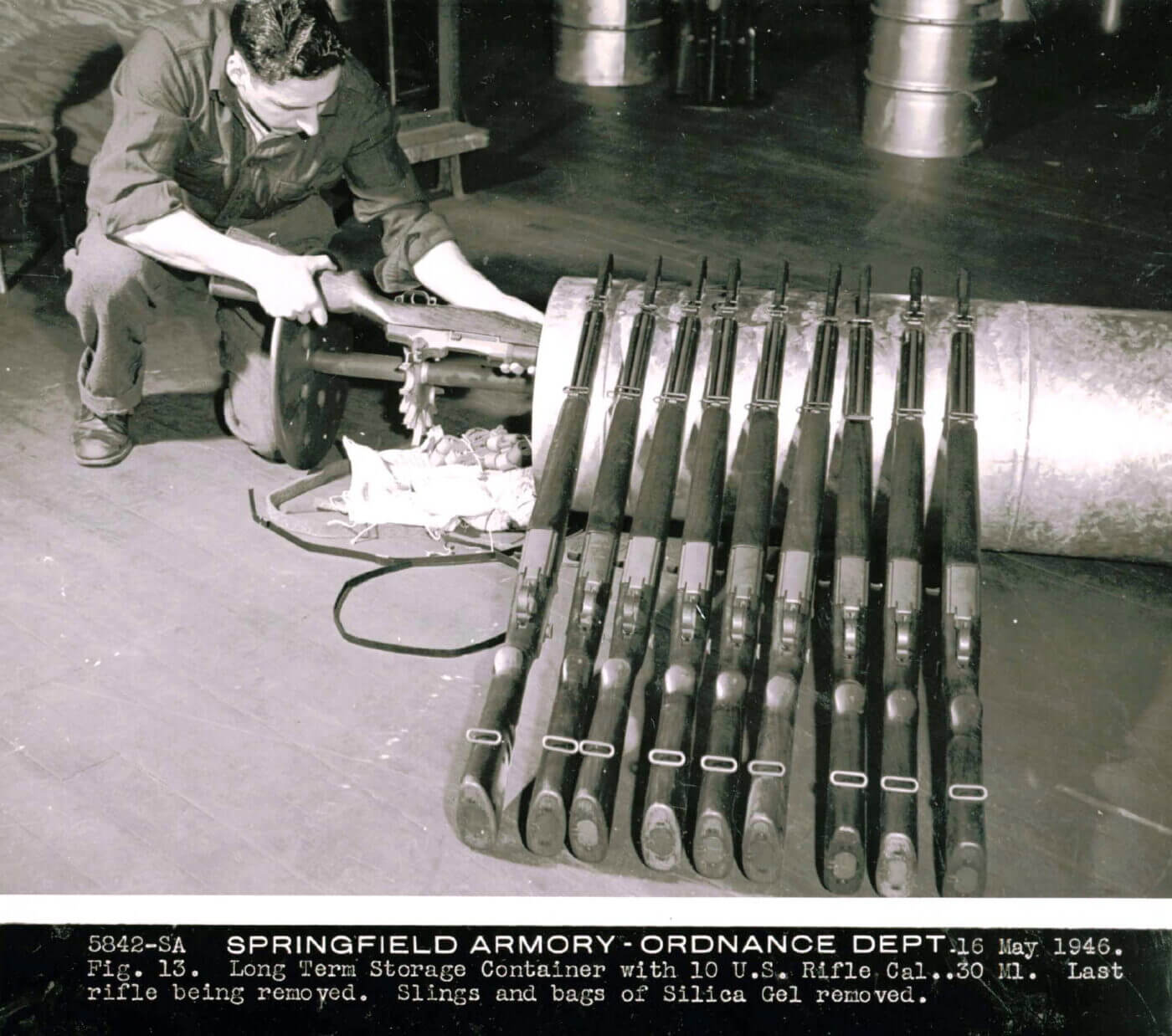
Also developed were special hermetically sealed metal cannisters for “M1 Canning”. These drums used several pounds of desiccant to keep 10 lightly oiled M1 rifles “fresh” for up to fifty years. Other small arms like the M1911 pistol, the M1 Carbine, the Browning Automatic Rifle and the M3A1 SMG were also canned using this same technique.
Back to Asia…
On June 25, 1950, the North Korean communist invasion of South Korea caught the United States by surprise. In August, Congress appropriated $12 billion for America’s armed response to communist aggression. Military budget cuts had been extensive, and the focus of the U.S. military had quickly changed to jet aircraft and atomic weapons. There was little in the form of conventional forces and weapons to deploy to Korea. Even so, the M1 Garand was ready to fight for freedom once again. (Don’t miss my article about the BAR in the Korean War.)
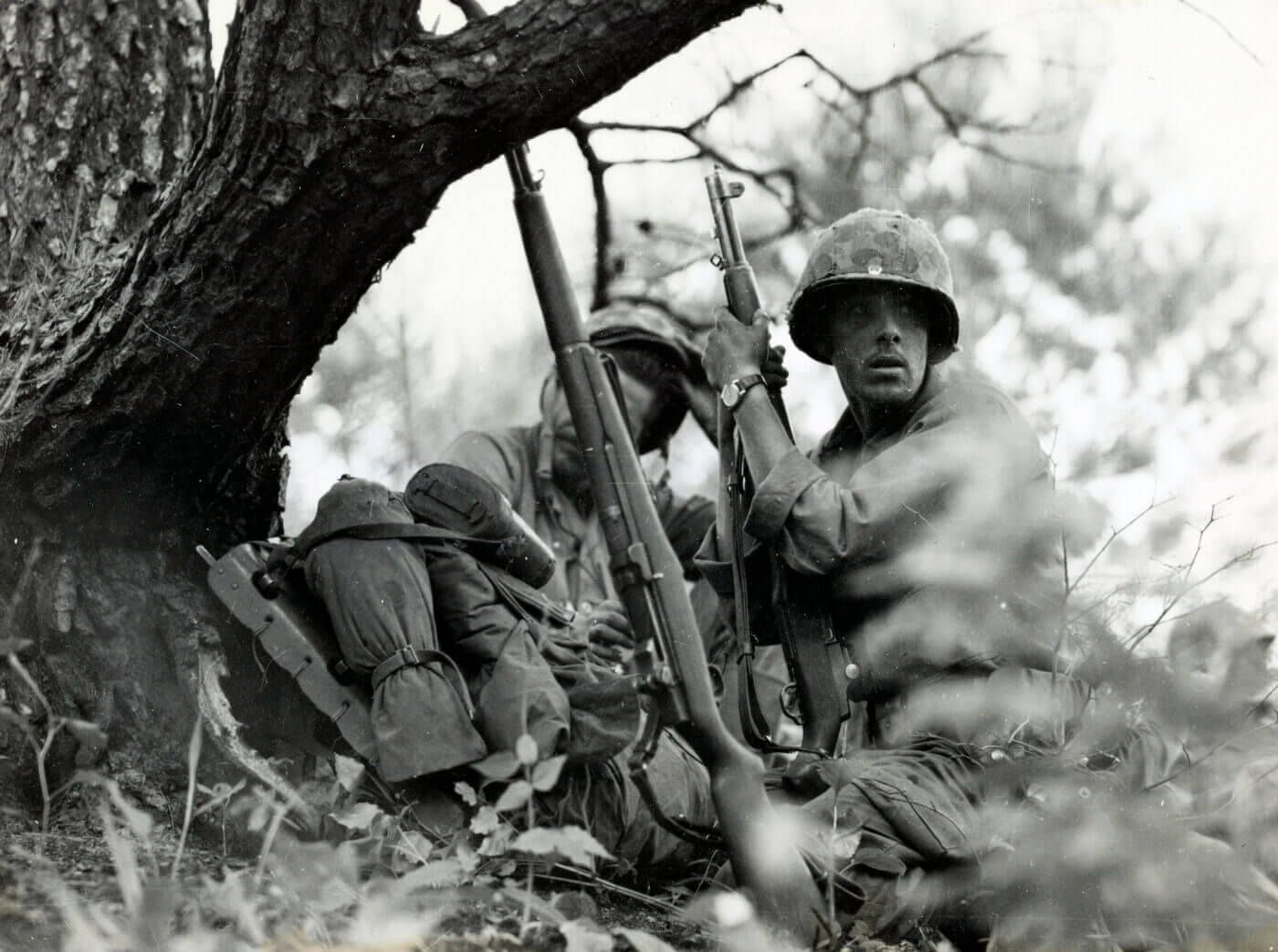
In many ways, the M1 rifle faced some of its greatest combat challenges during the Korean War. The rifle’s reliable performance in the rugged Korean landscape, and particularly during the intensely cold winter of 1950-51, earned the Garand the respect of friend and foe alike. (Check out my article discussing the M1C and M1D sniper rifles in the Korean War.)
To keep their M1s from freezing shut, the G.I.s opted to remove all lubricating oil and grease during the winter months.
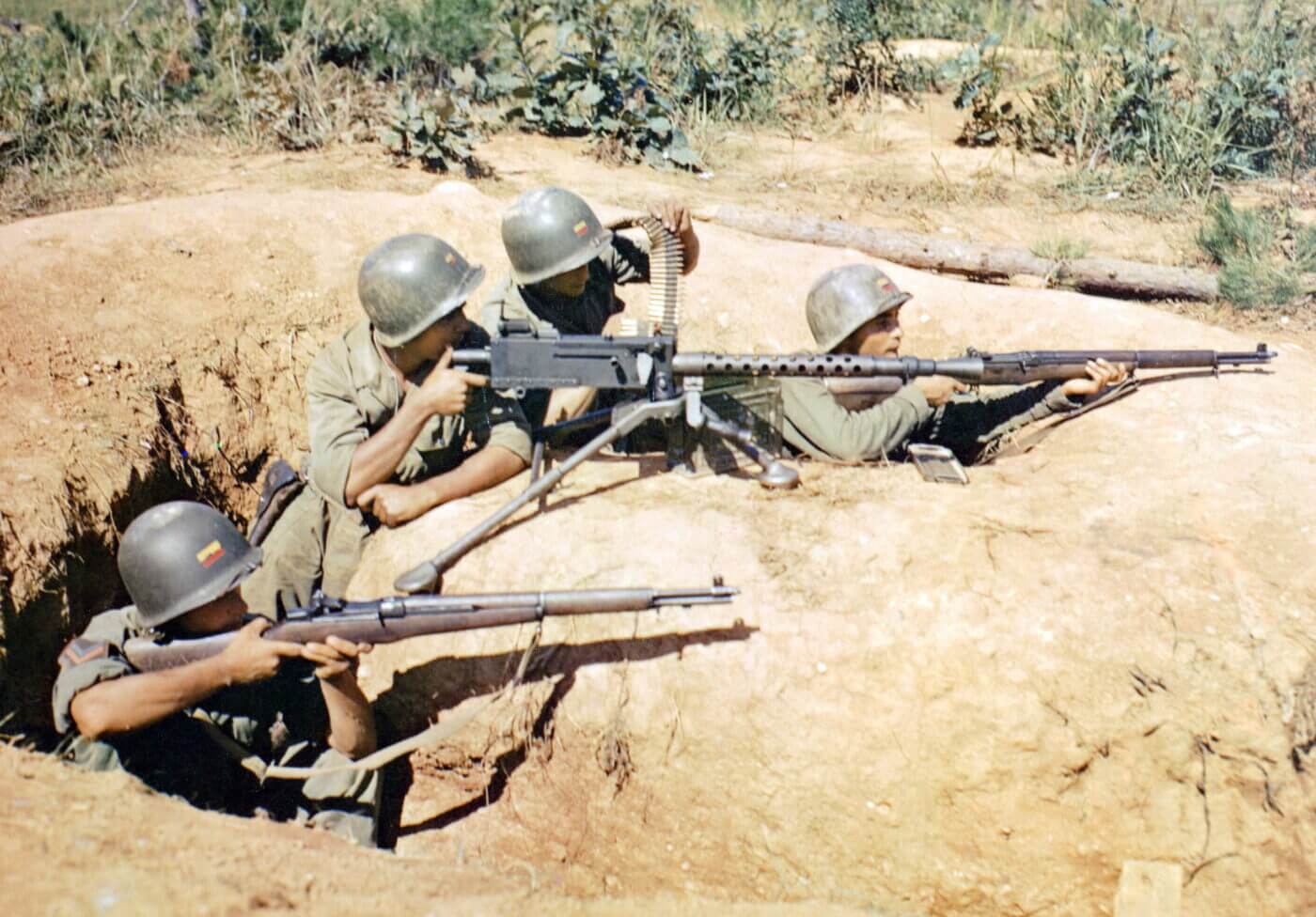
Despite the stress on the weapon, the M1 kept working, kept firing, and this saved lives in the struggle to turn back communist attacks. Even without a detachable box magazine, or selective fire capability, U.S. and other United Nations infantrymen were able to maintain a high volume of aimed fire, which was critical when facing Chinese “human wave” assaults.
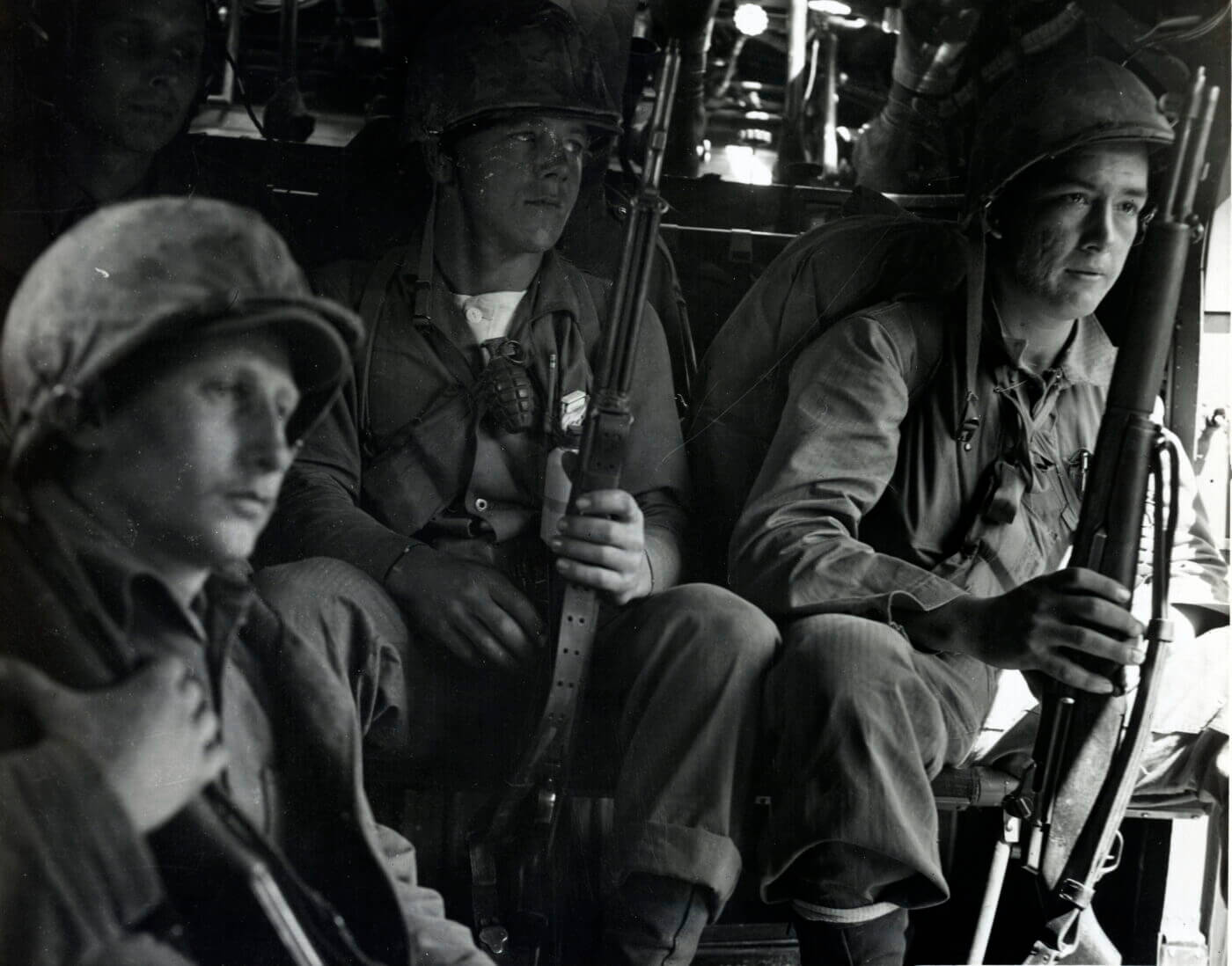
S.L.A. Marshall’s comprehensive report: Commentary on Infantry Operations and Weapons Usage in Korea, Winter of 1950-51 was considered damning to some U.S. firearms, but certainly not to the M1 rifle. This is his succinct appraisal of the M1’s performance in the frozen hell of Korea:
The issue rifle (M1) has performed adequately in Korea and is regarded by troops with a liking amounting to affection. They have found that it stands up ruggedly against the most extreme tests by terrain, weather, and rough handling. The rifle is sufficiently accurate for the purpose intended. Its record of high serviceability remained unimpaired during the worst storms of the winter. Of all weapons carried by the infantry, the M1 appeared to be least sensitive to heavy frost, extreme cold, and icing. Its “durability” is the great reason why it stands in such high favor with the men. They no longer mind the weight of the piece because of its consistent performance.
Commentary on Infantry Operations and Weapons Usage in Korea, Winter of 1950-51, S.L.A. Marshall
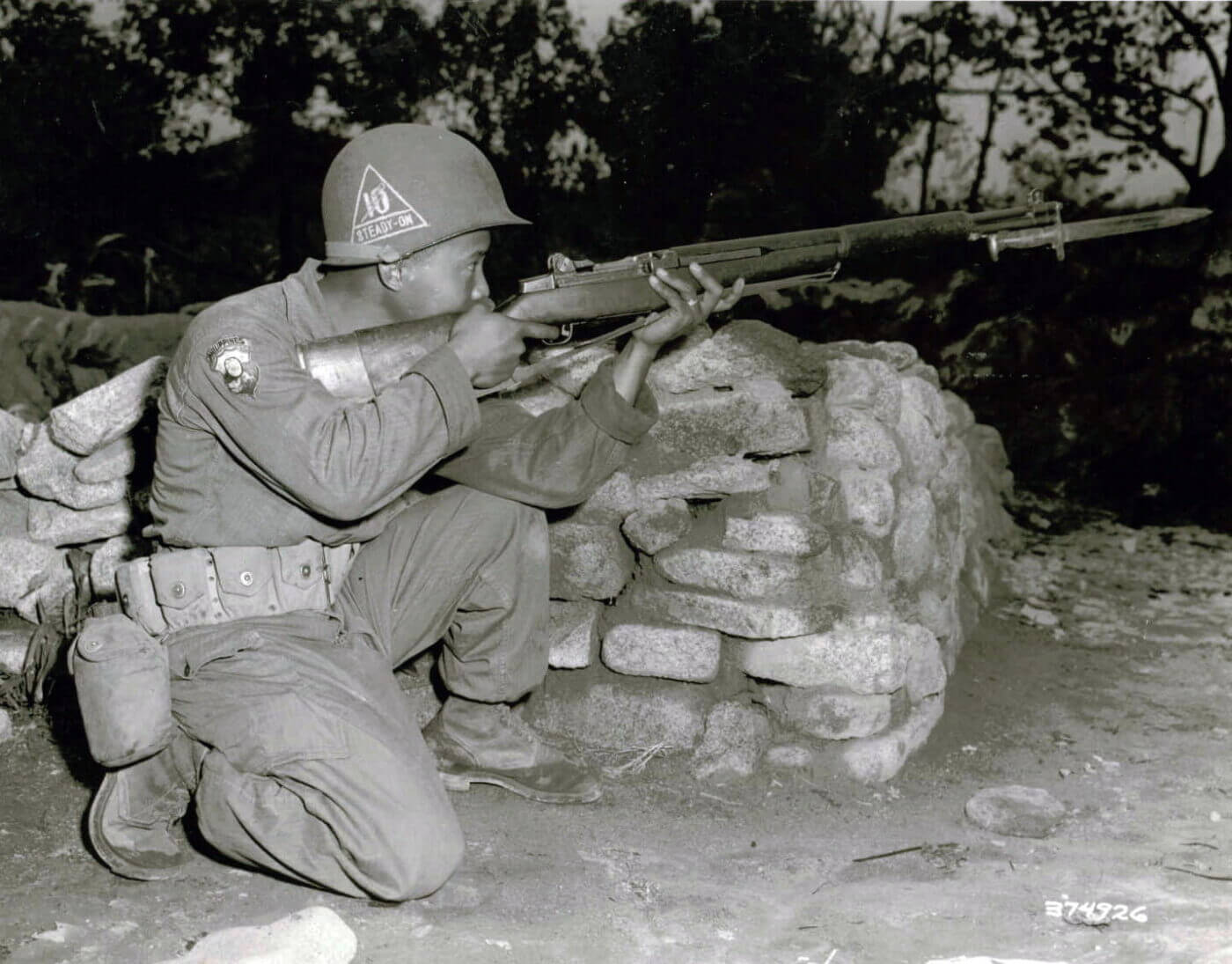
Time after time, round after round, in one war after another, the M1 rifle proved the battlefield value of John Garand’s incredibly sturdy design.
Equipping Friends and Allies
The Cold War was a global conflict, and the M1 rifle helped hold the line against communism all around the world. For many of America’s United Nations, NATO and SEATO allies, the M1 was either a prime or otherwise significant battle rifle throughout the 1950s and well into the 1960s.
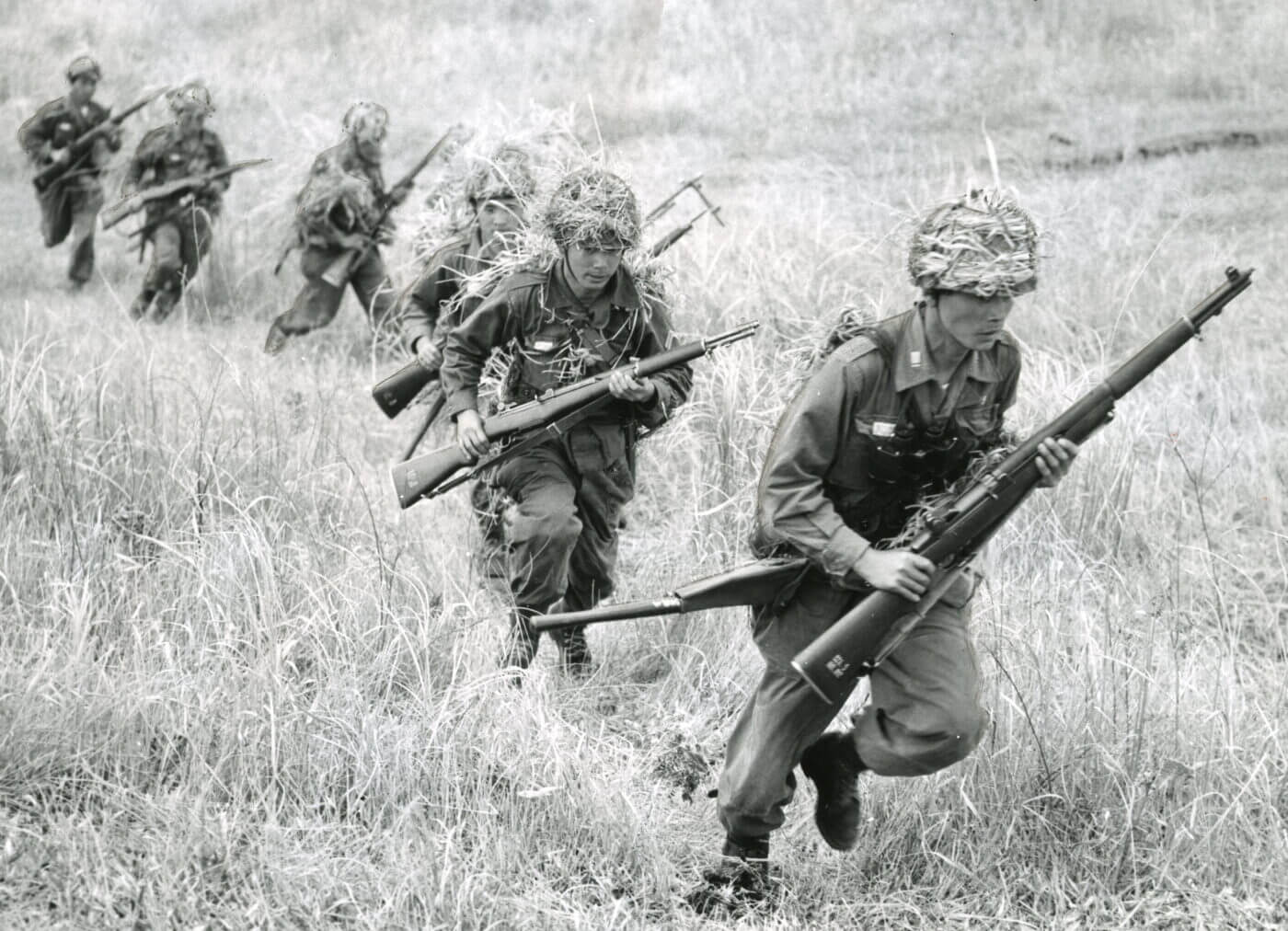
In his amazingly detailed study of the M1, “The M1 Garand Rifle”, noted author and firearms researcher Bruce N. Canfield provides a complete list of the nations that received the M1 rifle: Argentina, Brazil, Canada, Columbia, Cuba, Dominican Republic, Haiti, Honduras, Nicaragua, Panama, Paraguay, Uruguay, Venezuela, Pakistan, Saudi Arabia, Egypt, Jordan, Israel, Iran, Turkey, Austria, Great Britain, Greece, France, Italy, Netherlands, Belgium, West Germany, Denmark, Norway, Ethiopia, Taiwan, Indonesia, South Vietnam, Cambodia, Laos, Thailand, Philippines, South Korea, and Japan.
Italy even developed its most significant post-war infantry rifle, the BM 59, from the American M1 Garand. Make sure you read our article “Sibling Rivalry? The Italian BM 59” about this fascinating rifle.
Prior to the end of WWII, the Japanese tried to copy the M1 Garand rifle. Ultimately, they got the real things post-war.
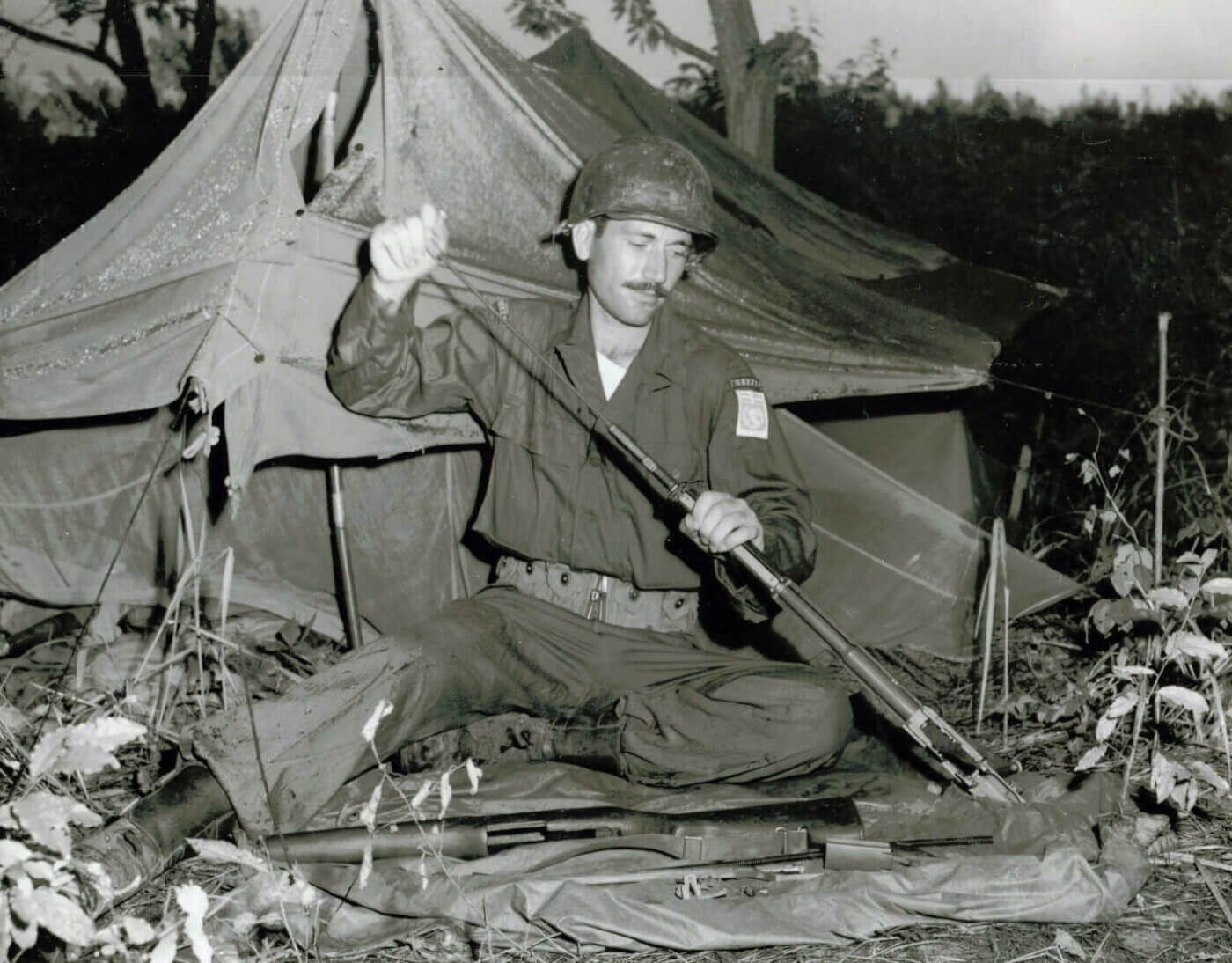
Even as new selective fire “assault rifles” became popular, the M1 rifle was still effective on a modern battlefield. This was particularly true in the many small “brushfire” conflicts that marked the Cold War period. For cash-strapped developing nations, the M1 was also an economical choice, particularly if their ideology aligned with U.S. foreign policy. In many situations during the first twenty years of the Cold War, U.S. foreign aid was labeled: “U.S. Rifle, Caliber .30, M1”
At War Again in Vietnam
Even though the M14 rifle had been adopted by the U.S. military in 1959, millions of M1 rifles remained in U.S. service as well as with Allied nations around the world. By the early 1960s, the M1 rifle was at war again, this time in South Vietnam. A group of 400 U.S. Special Forces advisors went to Vietnam in May 1961. By the end of 1963, that number had grown to 16,000 U.S. troops in country.
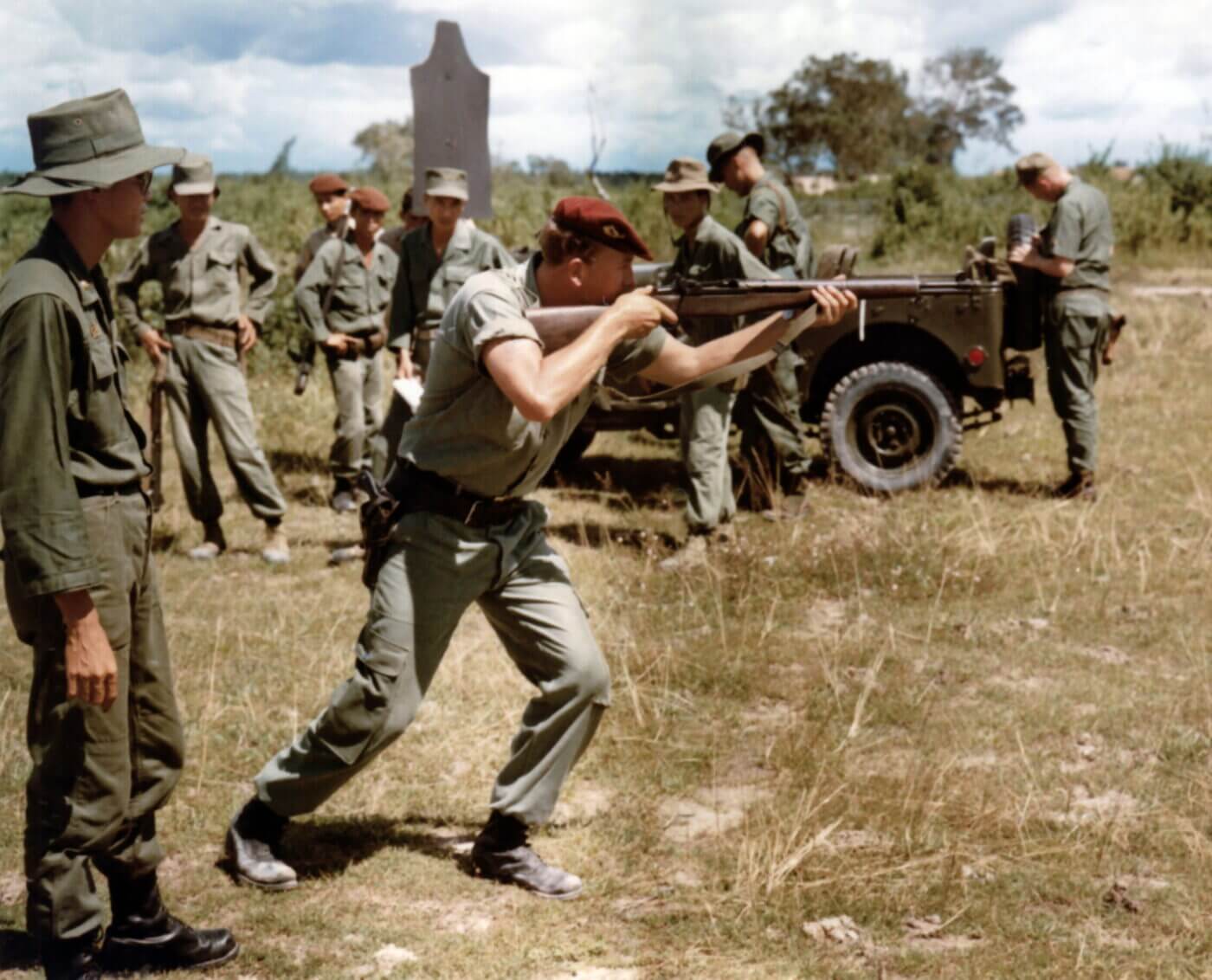
With more than 220,000 M1s sent to South Vietnam, many South Vietnamese troops, ranging from conventional ARVN units to Vietnamese Popular and Regional Forces, carried the M1 rifle. The Garand also found its way into the hands of the Viet Cong, and U.S. forces captured many M1s from the VC before 1968.
ARVN troops continued to use the M1 rifle on a limited basis right up until the time that Saigon fell in 1975. The big M1 was always considered a little too much rifle for the slight frame of the average Vietnamese, but the size of the rifleman did not change the effectiveness of the rifle. By the 1960s, the times and the troops had changed, but the battle honors for the M1 remained the same for a new generation of fighting men.
Random Shots Around the World
The M1 rifle remained in the American arsenal even as the M14 was standardized, and then the M16 a few years later. The Garand was present at major events, like the ill-fated Bay of Pigs invasion in April 1961 (on both sides), with the U.S. Army’s Berlin Brigade during the construction of the Berlin Wall (beginning in August 1961), and with the Ohio National Guard during the Kent State tragedy in May 1970.
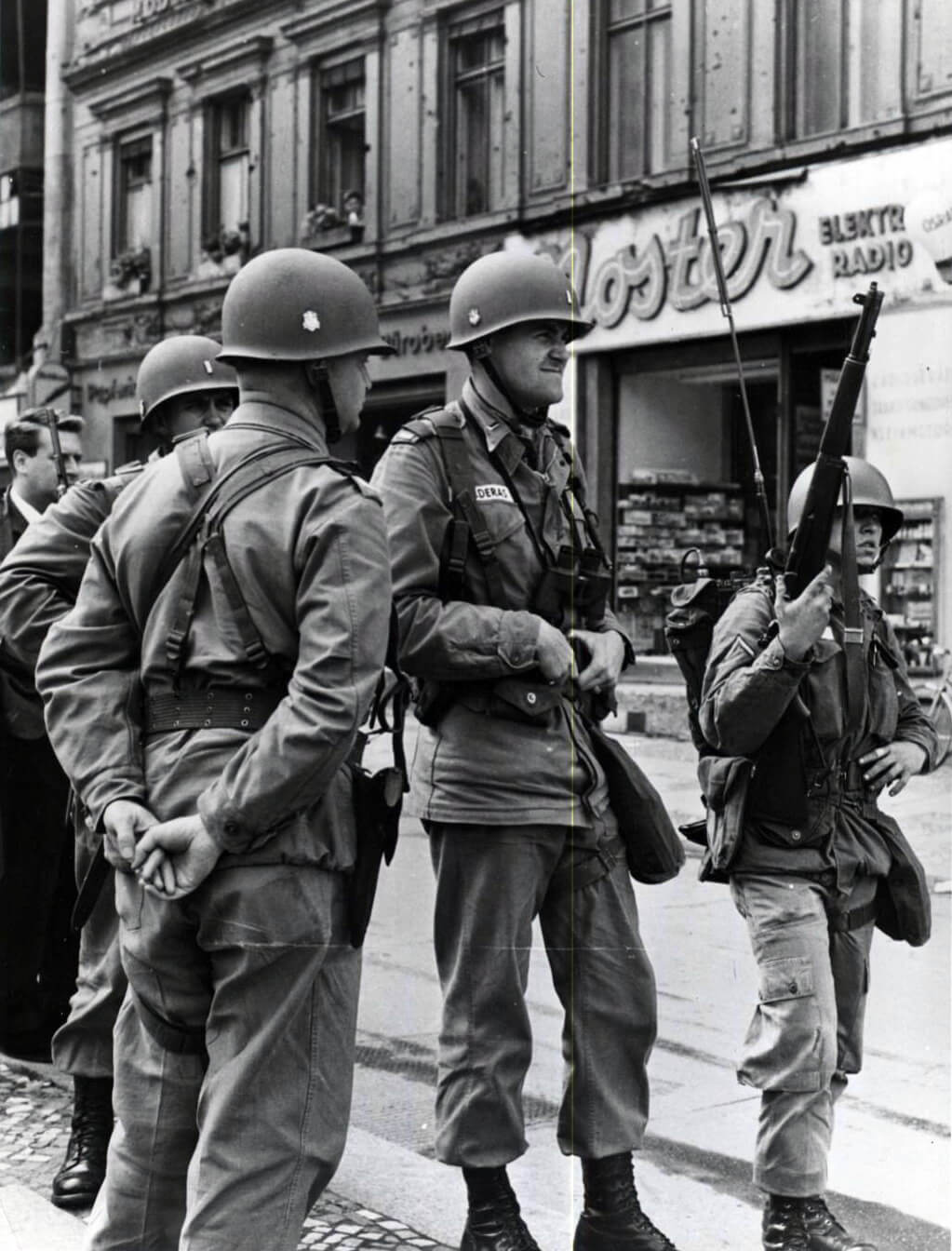
In the past 25 years, the M1 has been spotted in use during the Somali Civil War, the Iraq War, the Afghan Wars, and the Syrian Civil War. A full 85 years after it was standardized, the M1 Garand soldiers on — an American firearms icon and a legendary warrior around the world. Who knows what the future holds for “the greatest battle implement ever devised”?
Editor’s Note: Please be sure to check out The Armory Life Forum, where you can comment about our daily articles, as well as just talk guns and gear. Click the “Go To Forum Thread” link below to jump in!
Join the Discussion
Continue Reading
Did you enjoy this article?

 247
247






